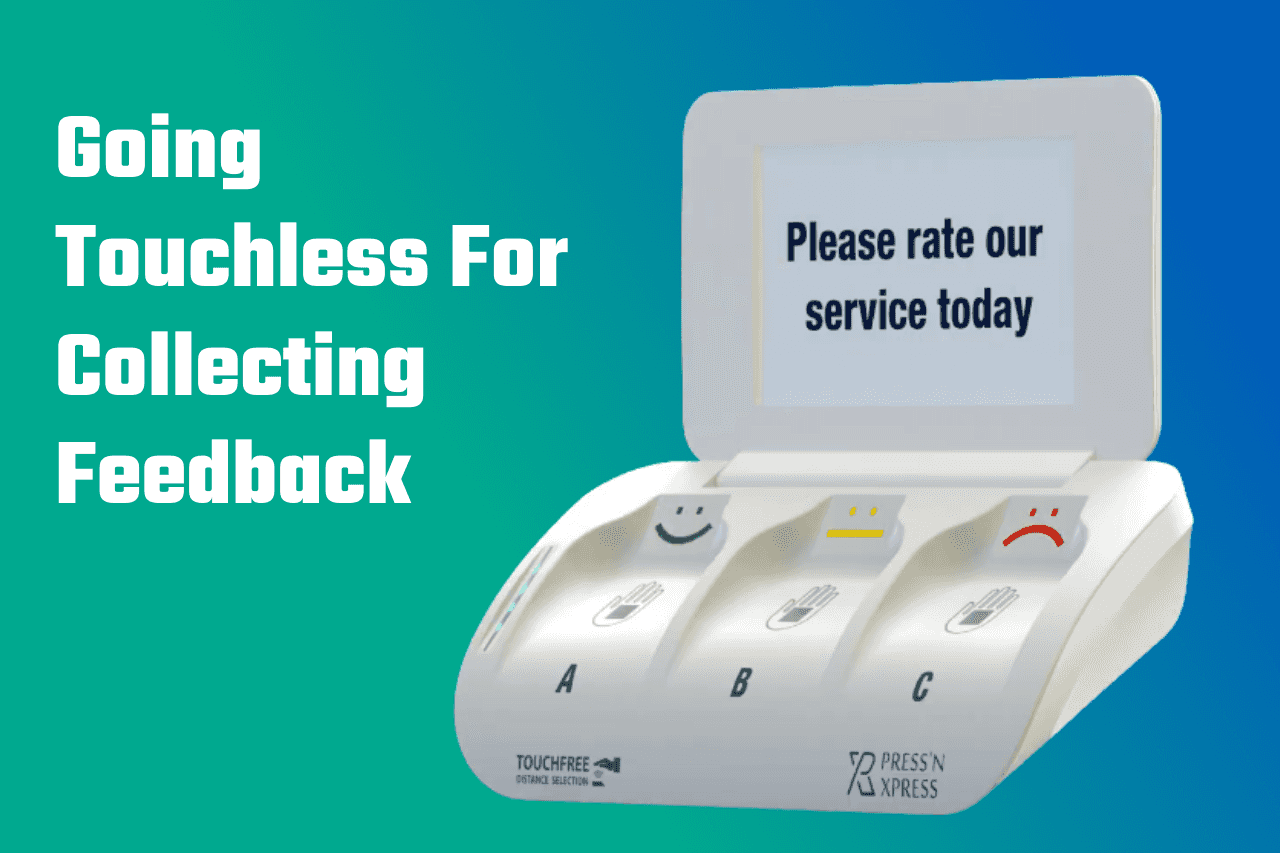
The ROI of deskless employee feedback
Every organization and business classifies its human resources as either the cliched asset or human capital. Employees perform the crucial function of adding value to the business. Therefore, it is essential to understand how they interact with the rest of the organization, to drive better value. This requires understanding the function of various sections of the workforce.
The best organizations know the value of hearing from everyone. Generally, when we talk about the workforce, our focus remains primarily on regular or dedicated desk employees. As a result, we tend to overlook the functions and needs of the deskless employees, who play a key role in business value addition.
Who are deskless employees?
A deskless employee can be defined as any employee who does not sit behind a desk, and this makes the majority if not all deskless employees frontline workers for any organization. As a result, deskless employees are the dominant employees in every industry and workplace. According to a report published in 2018, deskless employees comprise up to 80% of the global workforce. Manufacturing, Hospitality, Retail, Education, Healthcare, Transportation, Agriculture, and Construction, are the top 8 deskless industries.
Deskless employee roles include but are not limited to manufacturing workers, sales representatives, housekeeping staff, nurses, bartenders, security staff, cleaning staff, drivers, remote teams, and delivery teams, etc. Even though deskless employees comprise a significant part of the workforce, they are not given as much importance as they deserve.
For instance, it is common for workers with computers or mobile phones to have corporate emails, while most deskless workers are never assigned corporate emails, stay out of the communication loop, and lack the means to share their feedback with the organization.
Changing workplace trends caused by the pandemic have exposed further this divide that deskless employees suffer from. As remote teams work from home, protocols and decentralized business models become prevalent, and organizations are beginning to understand the importance of keeping their frontline workers engaged and motivated for better productivity.
Communication is the key
Improving the engagement of deskless employees requires focusing on direct and indirect communication channels. According to a survey of deskless employees in the US and UK, 17% of workers responded they communicate with their team but never speak with their headquarters or managers. This number dropped to 8% for businesses using collaboration tools to keep their deskless employees engaged.
However, only a few businesses use collaboration tools to include their deskless employees in the communication loop. According to Joe Ross, the chief product officer at Workforce Software, 60% of companies do not have any system or process to include their deskless workers in the communication loop.
Deskless employees need a voice!
Businesses need to understand that their deskless employees are not “Voiceless”. Where internal solutions for integrated communications do not exist, businesses experience the development of informal channels that cannot replace formal communication and result in incomplete information, inefficiencies, information overload, and burnout.
Deskless employees may be in the dark about the company’s latest initiatives. Without a straightforward way to communicate about company goals and progress, they may be left wondering if they’re making a difference, being valued and treated fairly.
Innovation through inclusion
Giving the deskless employees a voice also works in favor of organizational innovation. Regular workers are not directly connected with the clients. This inhibits their ability to generate relevant, innovative ideas.
Deskless workers, on the other hand, are directly in contact with the clients. Therefore, they are in many ways the face of any business. They, therefore, have the most astute sense of how to improve business processes to serve the customers better and improve organizational and brand image.
Understand their needs
Deskless workforce needs differ significantly from regular workers. Deskless employees have different expertise, skills, and insights about business functions and processes.
Businesses need to understand and learn from their experience. This can be done by creating a tech-based mechanism to collect data points that can be analyzed as deskless employee feedback.
The traditional approach to managing deskless workers revolves around the manager deciding what is best for them. In contrast, a data-based approach to identifying employee needs through the feedback loop can lead to better decision-making and value creation.
Integrated communication
Employing technology-based collaboration tools such as Slack to communicate with deskless employees directly can streamline organizational communication. As the deskless employees give their input on business processes and workflows, their unique experience will bring quality and variety of ideas to the internal organizational discourse. Leading to better growth opportunities.
When deskless employees can directly communicate with their managers and even C-level leadership, they feel like they are engaged and part of the organization. However, one of the main challenges with using communicating tools is the need for a mobile phone or computer which in most cases deskless workforce is missing.
Listen to the voice of the deskless workforce
As established earlier, deskless employees are the frontline workers. They are the first point of contact in most cases with the clients. This means that they create the first impression of your business while at the same time generating a valuable customer experience.
In a cut-throat competitive environment, superior customer experience can mean the difference between gaining and losing a competitive edge.
Deskless workers bring a lot to the table regarding ideas, innovation, and richness of experience. Their experience has a unique value that can transform business internal and external processes, particularly the front-end processes impacting brand image and public perception. This makes their inclusion into the formal communication stream indispensable for improved customer experience and business growth.
Deskless workers need to feel heard, valued and have their work recognized and appreciated by the organization. But the communication is limited due to technical dependency on computers and mobile which is missing for the deskless workforce. Collecting real-time, ongoing, and anonymous feedback from your workforce leads to lower turnover and associated costs with hiring and training, increased commitment, and productivity.
Press'nXPress Deskless Employee Solution helps organizations in increasing retention and boosting morale by allowing deskless workers to be heard in real-time. This allows managers and leaders to know and address problems that may push deskless workers away.
Want to get to know more about improving your employee experience and customer experience? Make sure to follow our Linkedin page for more information about our products, services and tips on how you can improve your employee experience & customer experiences. If you have questions or would like to learn more, get in touch. We’d love to hear from you.



